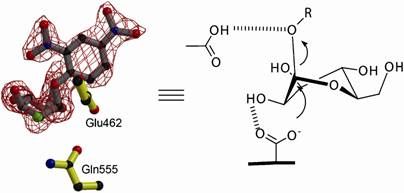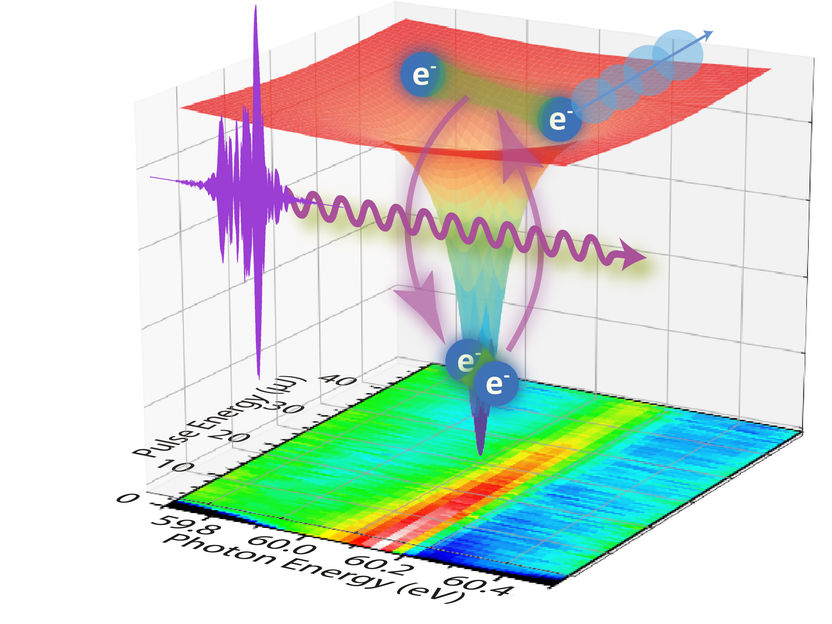Controlling zeolite morphologies
Scientists in Korea control the morphology of zeolites using a structure-directing agent, leading to further understanding of the mechanism involved.

Zeolites are widely used as catalysts and absorbents due to their crystalline microporous structures. The aluminosilicate structures can be selectively synthesised with uniform pore diameters in the range of 0.3 to 0.8 nm. However this can lead to diffusion limitations in application as the pore size is often too small. These diffusion limitations can often be removed by using mesoporous structures with pore sizes of 2 to 20 nm in diameter.
Ryong Ryoo and colleagues at the Korea Advanced Institute of Science and Technology, in Daejeon, have prepared zeolites with hierarchically mesoporous-microporous structures using a cyclic quaternary diammonium compound (CD) as a structure-directing agent (SDA).
Significantly, the SDA can effectively solidify silicate ions into a mesoporous gel structure. The silicate mobility is suppressed in the presence of the SDA leading to crystallisation of the zeolite without significant morphological change from the mesoporous gel.
‘The use of CD sheds meaningful light to the synthesis mechanism and may lead to a general synthesis methodology to various zeolites with controlled morphologies,’ says Ryoo.
Ryoo and his team hope that these mesoporous-microporous zeolites will show improved catalytic properties such as selectivity, activity and catalyst lifetime, when compared with ordinary zeolite crystals, due to facile molecular diffusion through the meospores.
Ryoo suggests that the next challenge in this research area is to rationally design various CD-like molecules as SDAs, that possess sufficiently high chemical stabilities under zeolite crystallisation conditions.
Original article: Ryoo et. al.; "The synthesis of a hierarchically porous BEA zeolite via pseudomorphic crystallization"; Chem. Commun. 2009
Most read news
Other news from the department science

Get the analytics and lab tech industry in your inbox
By submitting this form you agree that LUMITOS AG will send you the newsletter(s) selected above by email. Your data will not be passed on to third parties. Your data will be stored and processed in accordance with our data protection regulations. LUMITOS may contact you by email for the purpose of advertising or market and opinion surveys. You can revoke your consent at any time without giving reasons to LUMITOS AG, Ernst-Augustin-Str. 2, 12489 Berlin, Germany or by e-mail at revoke@lumitos.com with effect for the future. In addition, each email contains a link to unsubscribe from the corresponding newsletter.























































